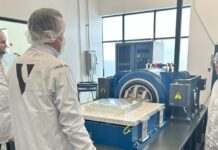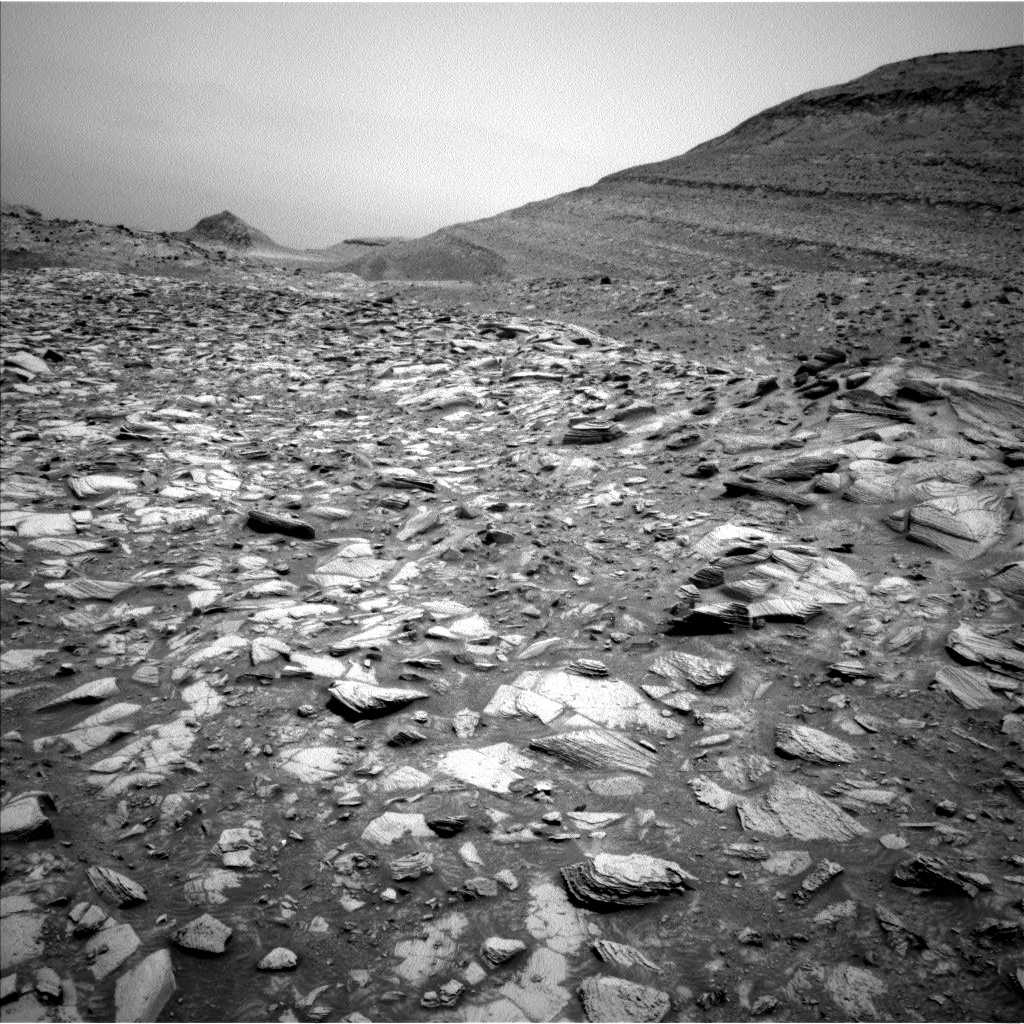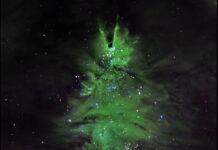Exploring Martian Landscapes: Curiosity Rover’s Latest Mission Update
NASA’s Curiosity Rover continues its groundbreaking exploration of the Martian surface, focusing on detailed remote sensing and direct analysis of geological features. This ongoing mission aims to provide insights into the planet’s history, particularly its capacity to support microbial life in the past. Let’s delve into the latest strides made by Curiosity as it unravels the mysteries of Mars.
Remote Sensing and Initial Observations
The mission commenced with a series of remote sensing activities. These included using the ChemCam (Chemistry and Camera complex) Laser-Induced Breakdown Spectroscopy (LIBS) on a smooth, gray rock slab located at what the team has named "Paloma Meadows." This particular tool is crucial for determining the chemical composition of Martian rocks and soil. By firing a laser at a target, ChemCam analyzes the resulting plasma to identify elements present in the sample.
Following this, the Rover utilized its Remote Micro-Imager (RMI) to capture long-distance mosaics. These images aim to evaluate the thickness and distribution of white clasts—rock fragments—in the Gediz Vallis region. Understanding these clasts can offer clues about the erosional and depositional history of the area, potentially revealing past water activity.
Documenting Martian Features
To further enrich our understanding, the Mastcam, a high-resolution camera system on Curiosity, documented Paloma Meadows and a distinct dark clast at a location dubbed "Sky Parlor Meadow." This documentation helps scientists categorize the variety of rock types present and hypothesize about their origins. By studying these rocks, researchers can piece together the environmental conditions that prevailed when these formations developed.
The remote sensing block of this mission also incorporated observations from the Navcam, or Navigation Camera, aimed at spotting dust devils. These whirlwinds play a significant role in Martian weather, affecting dust distribution and atmospheric conditions.
Afternoon Analysis and Observations
Later in the mission, the Mastcam was tasked with capturing a mosaic looking back towards "Whitebark Pass." This region is noted for its white clasts, some of which have previously been associated with high sulfur content. By analyzing these deposits, scientists hope to understand the chemical processes that occurred and their implications for past life-supporting environments.
The Mastcam also focused on "Pinnacle Ridge," examining the distribution of deposits within this area. These observations contribute to a broader understanding of the geological history and the processes that shaped Mars’ surface over time.
Hands-On Assessment with Curiosity’s Instruments
Curiosity then turned its attention to analyzing a block in the workspace known as "Pincushion Peak." The instruments on the rover’s robotic arm, including the Dust Removal Tool (DRT), Mars Hand Lens Imager (MAHLI), and Alpha Particle X-ray Spectrometer (APXS), were employed to study the grain size, textures, and composition of a nodular block of bedrock.
- Dust Removal Tool (DRT): This tool cleans the surface of rocks by brushing off dust, allowing for unimpeded analysis.
- Mars Hand Lens Imager (MAHLI): A powerful camera that provides close-up images of rocks and soil, revealing fine details about their texture and structure.
- Alpha Particle X-ray Spectrometer (APXS): This instrument determines the elemental composition of rocks and soil, aiding in identifying the minerals present.
Coordinated Observations and Further Exploration
On the second sol (a Martian day), Curiosity performed a coordinated series of observations using ChemCam LIBS and Mastcam on Pincushion Peak. This synchronization allows for a comprehensive understanding of the target’s chemical and visual characteristics.
Additionally, a long-distance RMI mosaic was captured of an intriguing dark block to assess its sedimentary structures. Such structures can reveal information about the environmental conditions under which the sediments were deposited.
The Navcam was also used for two key observations. First, it characterized atmospheric opacity, which refers to the clarity of the Martian atmosphere, affected by dust and other particulates. Second, it monitored the movement of fines—tiny dust particles—on the rover deck, which can provide insights into wind patterns and surface interactions.
Advancing the Journey
Following these detailed analyses, Curiosity continued its journey across the Martian terrain. As it travels, it captures post-drive images, which are crucial for planning future exploration activities. These images help scientists on Earth decide which areas deserve further investigation and prepare for subsequent missions.
The mission’s progress is a testament to human ingenuity and the relentless pursuit of knowledge. Each observation and analysis conducted by Curiosity brings us closer to understanding Mars’ complex geological history and its potential to harbor life.
Good to Know: The Importance of Curiosity’s Mission
Curiosity’s mission is not just about identifying rocks and minerals; it’s about piecing together the history of Mars. By understanding the planet’s past, scientists can infer the conditions that may have supported life. This is crucial for future missions, especially those that may involve human exploration.
The rover’s ability to analyze rocks and soil on-site provides invaluable data that cannot be obtained from Earth. Each discovery enriches our understanding of the Red Planet and prepares us for future endeavors, potentially leading to the discovery of life beyond Earth.
Reactions and Reviews
The scientific community eagerly anticipates each update from Curiosity. Researchers across the globe analyze the data transmitted back to Earth, collaborating to interpret the findings. This collaborative effort enhances our collective understanding of Mars and inspires future missions.
Curiosity’s mission is a shining example of international cooperation and scientific advancement. As we continue to explore our solar system, missions like these remind us of the vastness of space and the endless possibilities that await discovery.
In conclusion, NASA’s Curiosity Rover continues to make significant strides in Martian exploration. Through meticulous analysis and innovative technology, it unravels the secrets of Mars, bringing us closer to answering profound questions about life and the universe. Stay tuned as Curiosity forges ahead, paving the way for future explorations and discoveries.
For more Information, Refer to this article.


































